All across the Great Lakes, schools districts, nature centers, and universities are making environmental education a priority. Through the Great Lakes Bay Watershed Education and Training (B-WET) program, these organizations have held professional development workshops, designed curricula, and facilitated stewardship projects for students of all ages. While each project has the same goals — improving environmental education and Meaningful Watershed Educational Experiences (MWEEs) — they all go about it in different ways. Check out these five programs from around the Great Lakes!
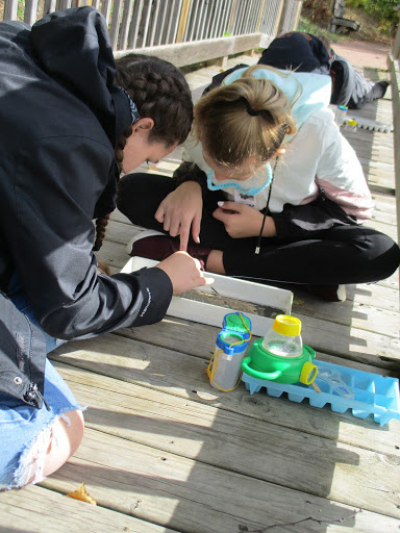
For many students in the 21st century, going for an hour without WiFi, let alone overnight, may seem a daunting task. The Great Lakes B-WET grant through the Delta-Schoolcraft Intermediate School District presented 400 middle school students with exactly this opportunity. This project immerses students in the Escanaba River watershed through both classroom work and an overnight experience at the Clear Lake Education Center offsite link. During their visit at Clear Lake, students had the chance to learn about aquatic ecology, forest ecosystem services, and frogs as bioindicators, as well as doing nature journaling and other camp activities. One seventh grade student on the visit even said, “I haven’t had my phone all day and I feel kind of weird. I kinda want to go DO things.” Following their time at Clear Lake, Clear Lake Education Center staff visited their classroom to focus on watershed and ecosystem health, preparing students for their visit to the Escanaba River in the spring. The project will culminate in a stewardship project, with some classes focusing on making interpretive signs and restoring habitat at a wetland near their school, while others will do water quality research and trash clean up at the Escanaba River.
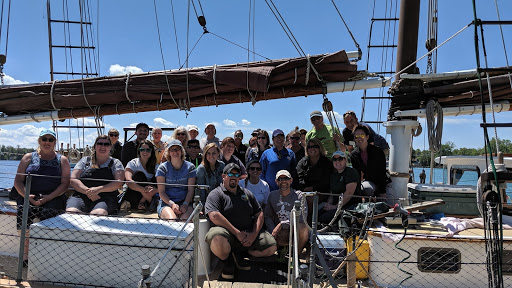
Connecting teachers from across four states, the Inland Seas Education Association offsite link B-WET grant project creates a community of educators all working to implement MWEEs in their classrooms. The teachers were brought together in June for a field course on Great Lakes watershed health and the Earth Force offsite link action process. While the teachers hail from across the Great Lakes region, connecting them together gives them a support system as they work to include environmental education in their curricula. Each teacher additionally receives a scholarship to bring their students to the Grand Traverse area for a “schoolship offsite link” experience, in which students board a tall ship to deepen their knowledge of Great Lakes watersheds.
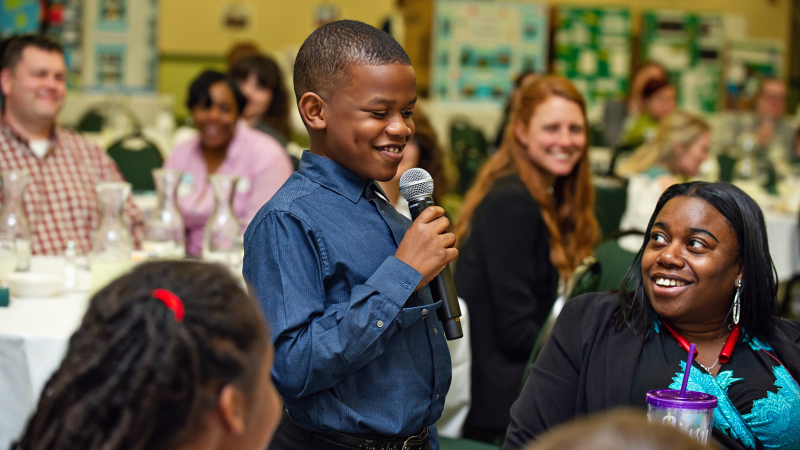
The Southeast Michigan Stewardship Coalition offsite link B-WET project, supported by Eastern Michigan University, begins each year with a summer institute for teachers, introducing them to MWEEs and giving them a guiding question around which to focus their curriculum. Teachers then receive additional support throughout the year through ongoing professional development and mini-grants as they implement place-based environmental education with their students. Each teacher develops a stewardship action project with their students, anything from dealing with invasive species, to building a butterfly native plant garden, to rebuilding sidewalks to address stormwater drainage. The year culminates in the annual community forum, shown here, where students of all ages share their projects and what they have learned. Having environmental education in the classroom is incredibly important, but when students have the opportunity to share what they’ve learned, it makes the impact of environmental education programs even greater. "I am always inspired by the work of impassioned, proactive young people, and I feel grateful for and empowered by all of the incredible things they taught us today," said one parent who attended a community forum.
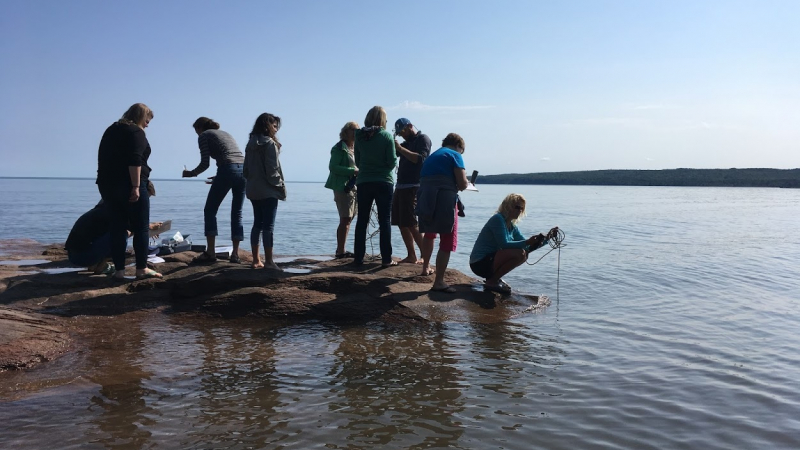
While Lake Superior is the largest of the Great Lakes and an immense freshwater asset, its value is not always emphasized in the classroom. Through the Lake Superior National Estuarine Research Reserve's Rivers2Lake offsite link project, teachers around Lake Superior receive professional development field experiences as well as year-long mentoring to build a foundation of place-based education and Great Lakes literacy offsite link. Students participate in yearlong inquiry-based and outdoor learning experiences, from collecting macroinvertebrates and testing water quality in the fall or spring, to measuring the albedo of snow and boring ice holes to collect plankton in the winter. In addition to scientific inquiry, this project has an interdisciplinary approach, providing opportunities to learn about the history of industry and culture around Lake Superior and creating posters and artwork to represent environmental issues.
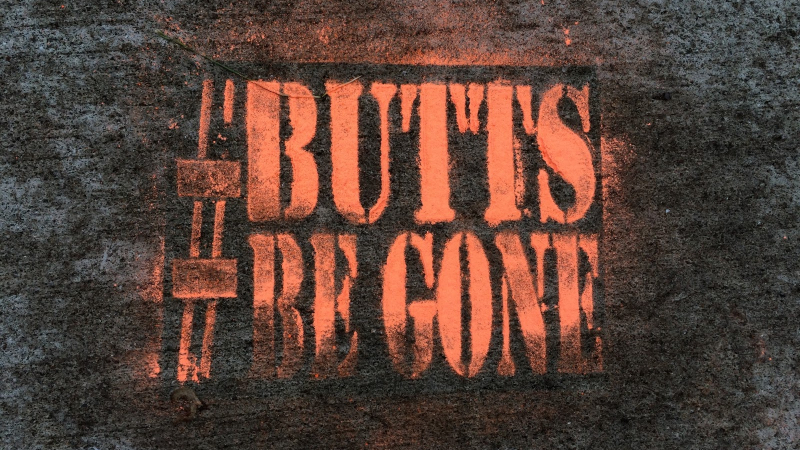
Each year, cigarette butts account for 1.69 billion pounds of litter around the world. Students in Erie County, Pennsylvania, did their part to combat that as a part of a stewardship project through the B-WET grant to Penn State University. This grant gave Regional Science Consortium offsite link membership to five participating school districts, allowing students to use lab facilities or participate in events such as the annual research symposium. Each teacher also attended professional development workshops to gain familiarity with different lab and field protocols. All classrooms participated in the International Coastal Cleanup offsite link, and then developed a stewardship project based on what students had learned and researched that year, such as the #ButtsBeGone campaign, stenciling #ButtsBeGone with neon chalk where they found and removed a cigarette butt in downtown Erie parks.


